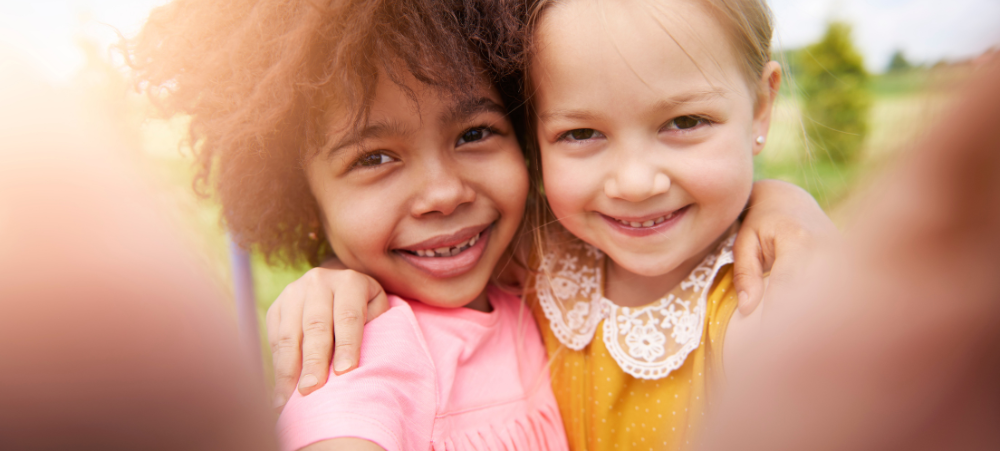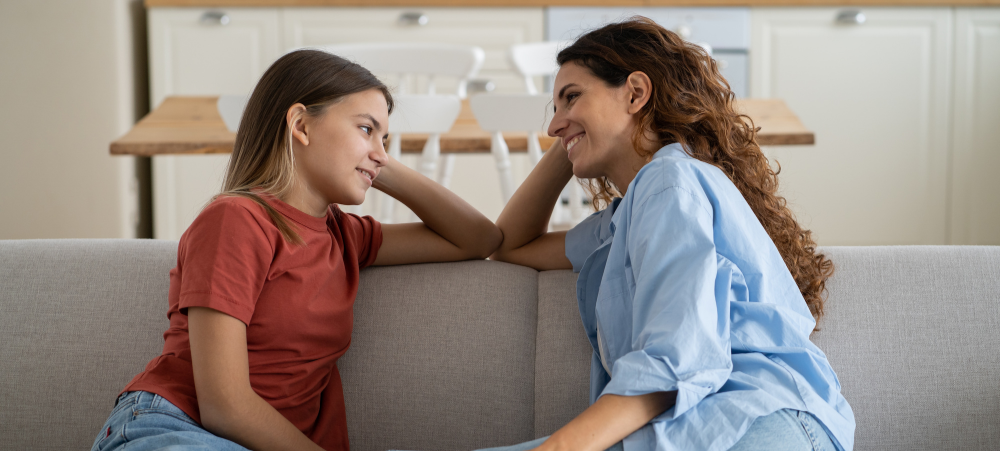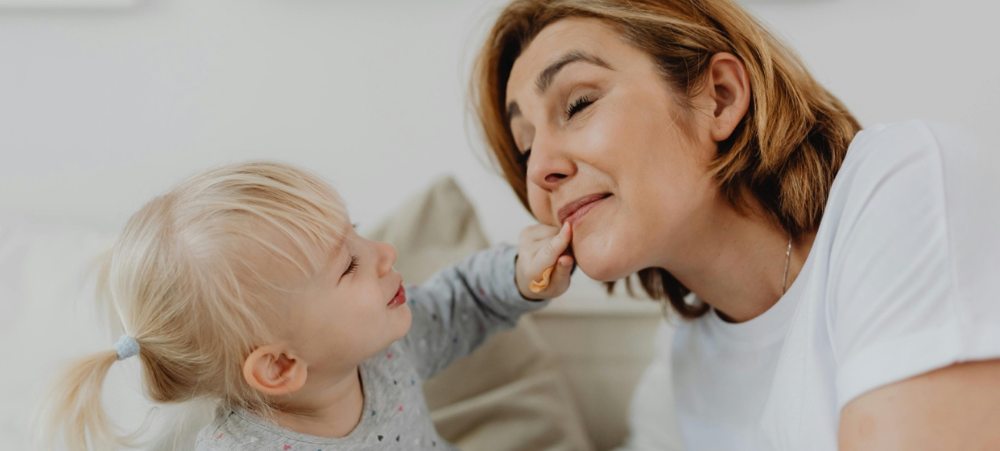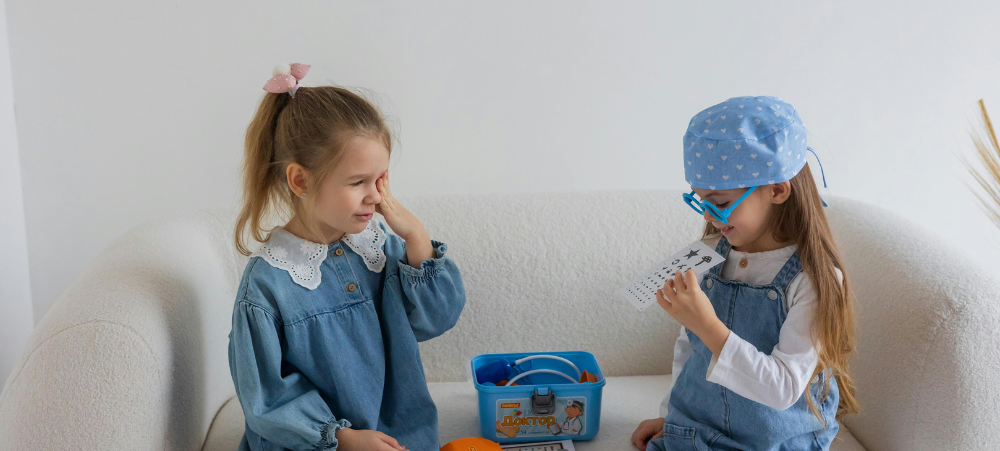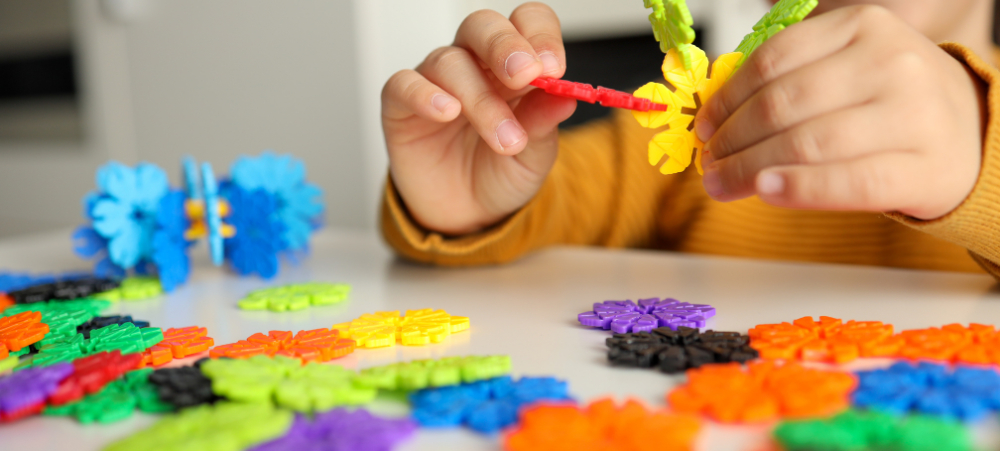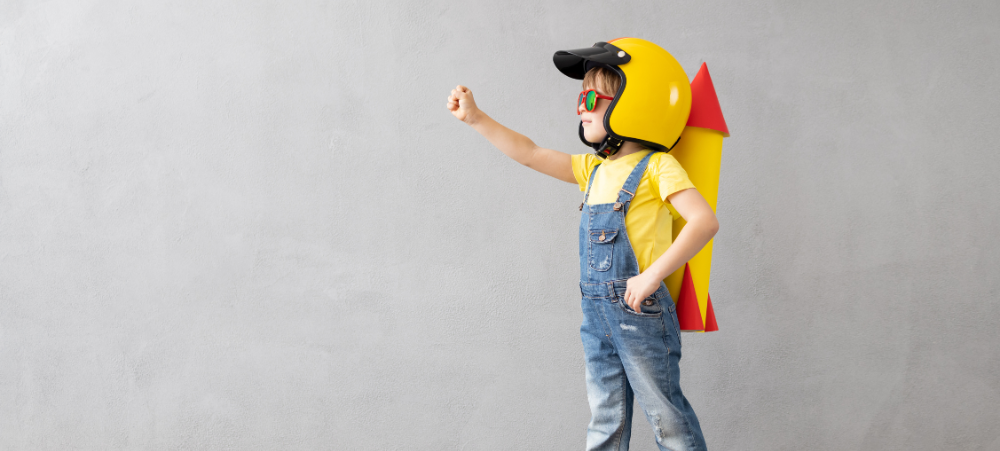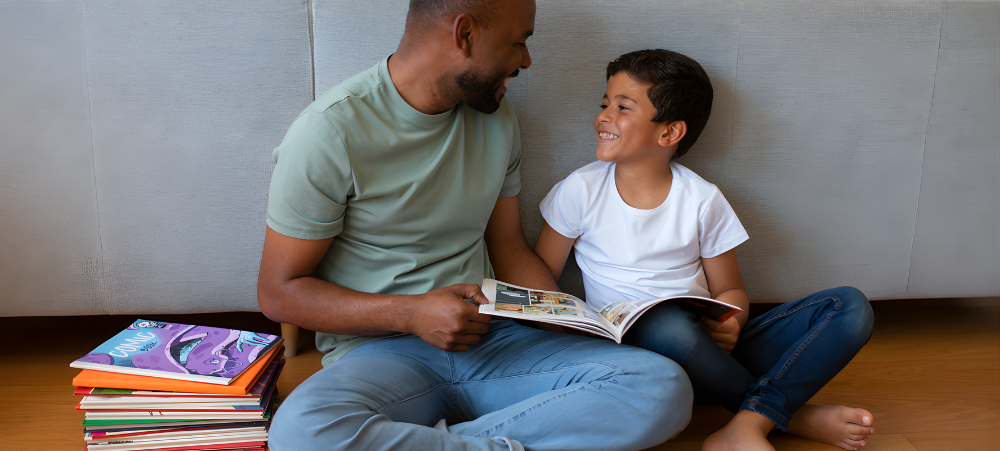
5 Minute Learning Games for Busy Parents
Fun and educational ideas that need no prep Introduction As a parent of a preschooler, finding time for learning can feel impossible when you’re juggling work, routines, and daily life. The good news is that meaningful learning doesn’t require long sessions or special materials. Short, playful five-minute activities can help children build essential skills in language, mathematics, memory, and social interaction. Research confirms that play is one of the most powerful ways children learn and grow both intellectually and emotionally. 👉Learn more about the power of play from HealthyChildren.org Below you’ll find six quick, fun learning games that need no prep and no pressure — perfect for busy parents. 1. I Spy the Letter Supports: Letter recognition, sound awareness, and vocabulary How to Play: Why It Works: Spotting beginning sounds strengthens early reading skills. Tip: Stick to simple, familiar sounds like /b/, /s/, or /m/. 2. Count the Steps Supports: Number sense, counting, and coordination How to Play: Why It Works: Everyday movement builds number awareness. 👉MIT study on preschoolers learning from math games Tip: Add fun by counting jumps, hops, or claps. 3. Sound Hunt Supports: Listening skills, sound recognition, and vocabulary How to Play: Why It Works: Focusing on beginning sounds helps children tune into how words are built. 👉More preschool games on CLCFC.org Tip: Challenge older children to find as many items as they can in 30 seconds. 4. Messy Memory Supports: Memory, attention, and observation How to Play: Why It Works: Recall games strengthen short-term memory and focus. 👉Cambridge University: The importance of play and games Tip: Use everyday items to make the activity familiar and easy. 5. Rhyme Time Rapid Supports: Language development and early reading skills How to Play: Why It Works: Recognizing rhymes builds a foundation for phonics and reading success. Tip: Begin with easy pairs like “sun/fun” and celebrate all attempts. 6. The Big Talk Box Supports: Vocabulary growth, confidence, and communication How to Play: Why It Works: Meaningful talk helps children expand vocabulary and develop social-emotional understanding. Tip: Use open-ended questions like “Why do you think that?” Why These Mini Games Work Tips for Parents Final Thoughts You don’t need fancy materials or long lessons to help your child learn. With just a few minutes of play each day, you can nurture curiosity, strengthen your bond, and build the foundation for lifelong learning. Each giggle, rhyme, and “I Spy” moment you share helps your child grow in confidence, creativity, and joy.










